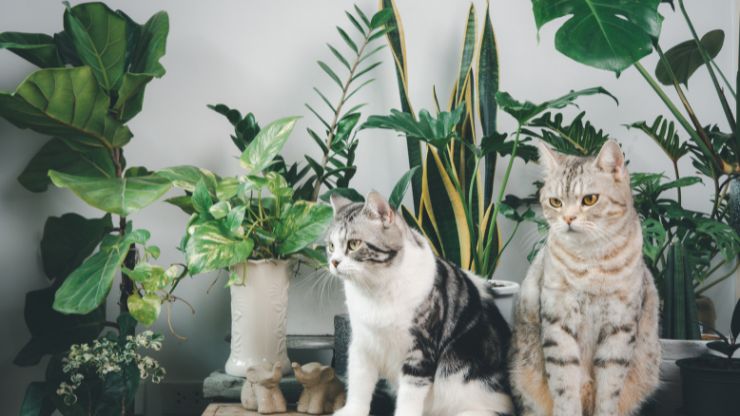Introducing greenery into your home not only adds a touch of natural beauty but also contributes to a healthier indoor environment. For cat owners, choosing indoor plants that are safe for feline companions is crucial. In this blog, we’ll explore eight easy-care indoor plants that not only thrive indoors but are also non-toxic to cats. These plants not only enhance your living space but also provide a safe and enriching environment for your beloved pets. From lush foliage to colorful blooms, these plants are not only visually appealing but also easy to maintain, making them perfect additions to any cat-friendly home. Whether you’re a seasoned plant enthusiast or just starting your indoor garden journey, these cat-safe plants are sure to brighten up your space while ensuring the well-being of your furry friends.
Table of Contents
ToggleEasy-Care Indoor Plants For Cats
Orchids:

Orchids are not only beautiful but also relatively low-maintenance, making them an excellent choice for indoor gardening enthusiasts. Moth orchids, in particular, are known for their stunning colors and intricate blooms, adding a touch of elegance to any room. To care for orchids, place them in a location with bright, indirect light and water them sparingly, allowing the potting mix to dry out slightly between waterings. Orchids thrive in moderate humidity levels, so misting them occasionally can help maintain the right environment. With proper care, orchids can bloom for several weeks or even months, providing you and your cat with a delightful visual treat.
Also Read- 8 Easy-Care Indoor Plants That Are Safe for Cats
Bromeliad:
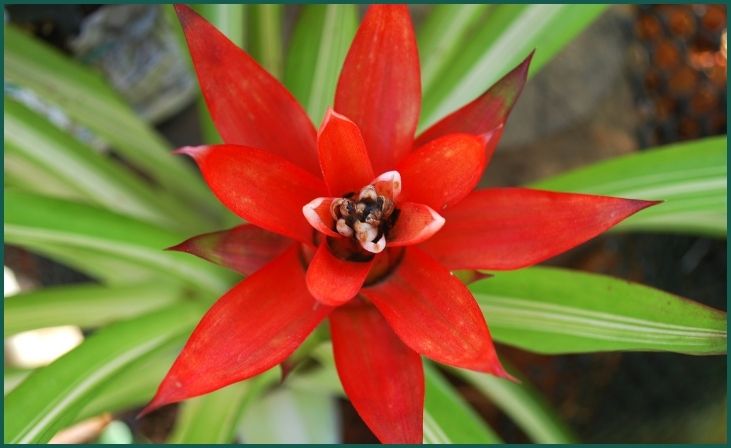
Bromeliads are prized for their vibrant and long-lasting flowers, making them a popular choice for indoor gardens. They are relatively easy to care for, requiring well-draining soil and bright, indirect light. Bromeliads are epiphytic plants, meaning they can grow on other surfaces, such as tree branches or rocks. In indoor settings, they can be potted in a loose mix of orchid bark, perlite, and potting soil. Water bromeliads by filling the central cup (known as the “tank”) with water and periodically flushing out old water to prevent stagnation. With their striking appearance and cat-safe nature, bromeliads are sure to enhance your indoor space.
Air Plants:
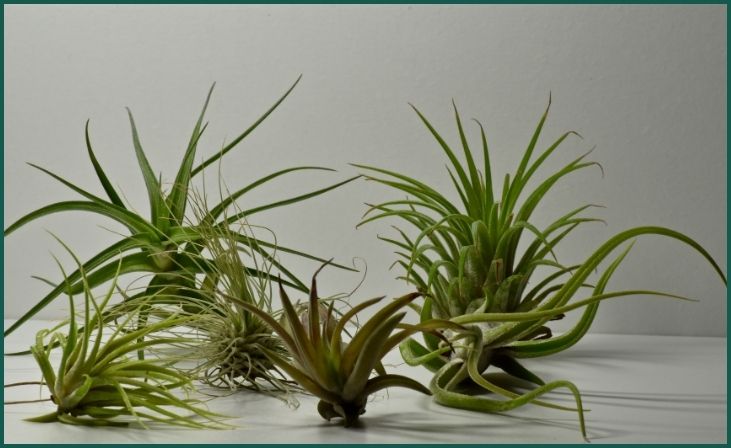
Air plants, also known as Tillandsias, are fascinating plants that don’t require soil to grow. They absorb moisture and nutrients through their leaves and can be displayed in various creative ways, such as mounted on driftwood or placed in decorative containers. Air plants thrive in bright, indirect light and benefit from occasional misting or soaking in water to maintain hydration. These plants are versatile and can adapt to different environments, making them suitable for cat-friendly homes. With their unique appearance and minimal care requirements, air plants are a delightful addition to any indoor garden.
Haworthia:
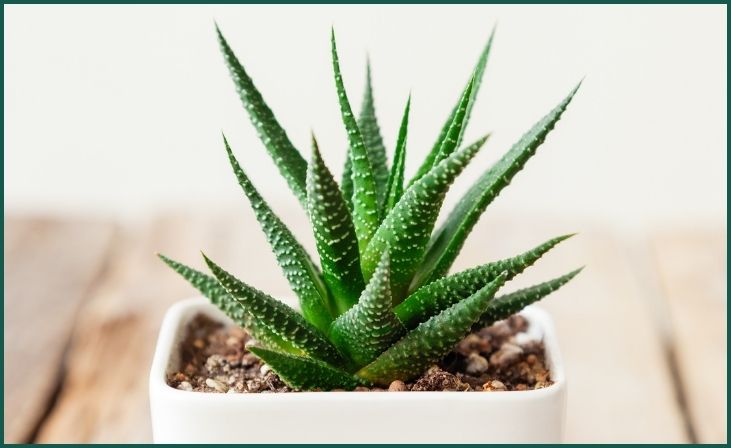
Haworthias are succulent plants with eye-catching rosette patterns and are safe for cats. They are relatively low-maintenance, requiring well-draining soil and occasional watering. Haworthias prefer bright, indirect light but can tolerate lower light conditions as well. These plants are known for their resilience and can thrive indoors with minimal fuss. Their compact size and striking appearance make them ideal for small spaces or as part of a succulent arrangement. With proper care, Haworthias can live for many years, providing a touch of greenery and style to your home while ensuring your cat’s safety.
Don't just scroll, subscribe!
BuzzTrail's unique web-stories are the cure for boredom you've been waiting for.
Christmas Cactus:
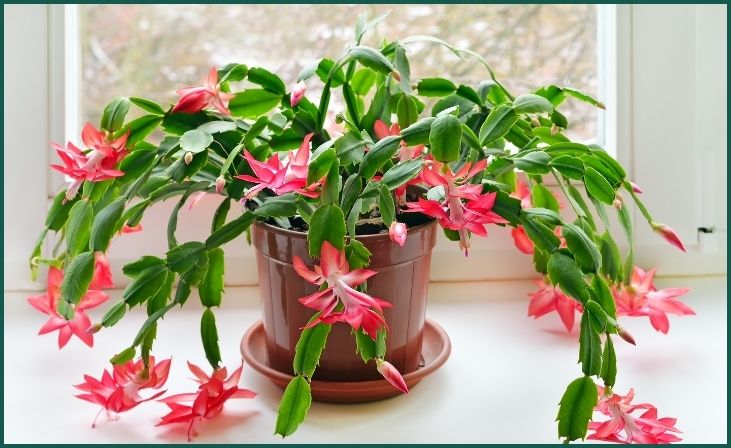
Christmas cacti are members of the Schlumbergera genus and are known for their showy, colorful blooms that often coincide with the holiday season. These plants are safe for cats and are relatively easy to care for, requiring well-draining soil and bright, indirect light. Christmas cacti prefer slightly cooler temperatures and benefit from occasional fertilization during the growing season. To encourage blooming, provide a period of cooler temperatures and longer nights in late summer or early fall. With their festive flowers and cat-friendly nature, Christmas cacti are a cheerful addition to any indoor garden.
Boston Fern:
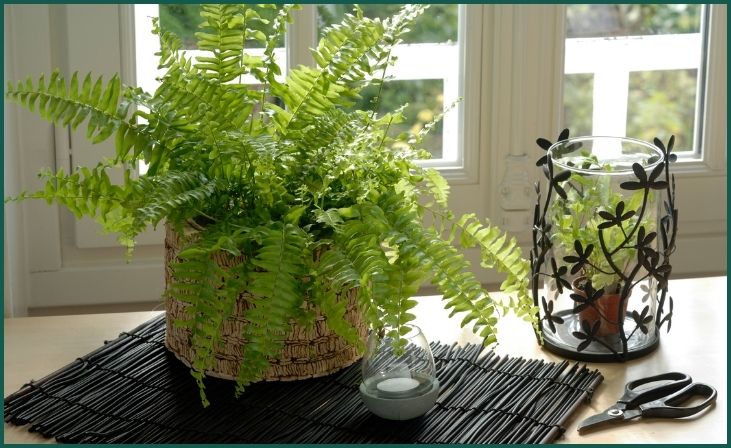
Boston ferns are classic houseplants known for their lush, cascading fronds and air-purifying properties. They are safe for cats and thrive in high humidity and indirect light. Boston ferns prefer consistently moist soil, so regular watering is essential to keep them healthy and vibrant. These ferns can benefit from occasional misting to increase humidity levels, especially in drier indoor environments. With their graceful appearance and cat-safe status, Boston ferns make excellent hanging plants or floor specimens, adding a touch of nature to your home while creating a safe space for your feline friend.
Ponytail Palm:
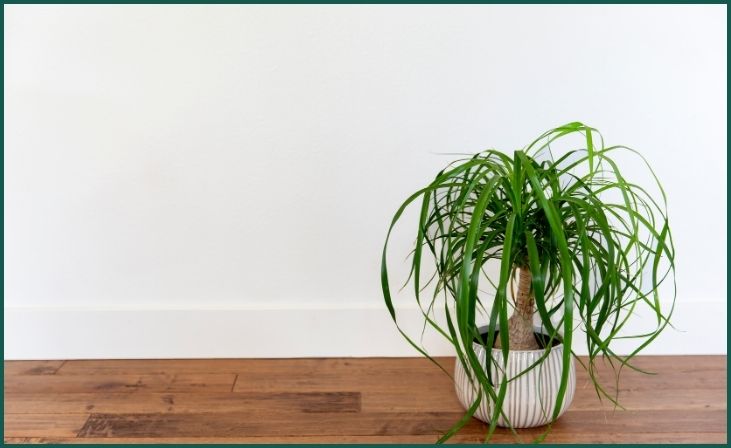
Ponytail palms, also known as Beaucarnea recurvata, are quirky and visually appealing plants that are safe for cats. They feature a distinctive bulbous base that tapers into a long, slender trunk topped with tufts of arching leaves, resembling a ponytail. Ponytail palms are relatively easy to care for, requiring well-draining soil, bright light, and occasional watering. They are drought-tolerant and can store water in their swollen base, making them resilient to occasional neglect. These palms can grow slowly but can reach impressive heights over time, adding a unique focal point to your indoor garden while ensuring your cat’s well-being.
Spider Plant:
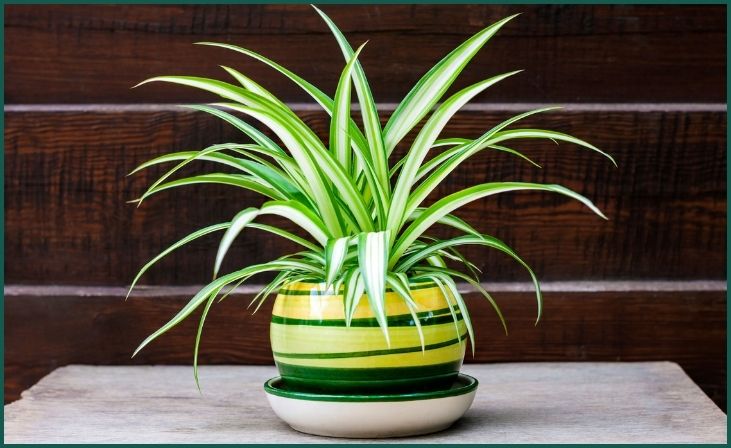
Spider plants, scientifically known as Chlorophytum comosum, are popular indoor plants appreciated for their air-purifying properties and ease of care. They are safe for cats and produce long, arching leaves adorned with small white blossoms on occasion. Spider plants prefer bright, indirect light but can tolerate lower light conditions as well. They require regular watering, allowing the soil to dry out slightly between waterings to prevent overwatering. Spider plants are known for their ability to produce “spiderettes” or offshoots that can be propagated into new plants, making them a versatile and budget-friendly choice for indoor gardening enthusiasts. With their graceful foliage and cat-friendly nature, spider plants are an excellent addition to any cat-friendly home.
For More- 8 Dog Breeds That Look Like Puppies Forever
Conclusion
In conclusion, incorporating easy-care indoor plants that are safe for cats into your home not only adds natural beauty but also creates a healthier and more enriching environment for both you and your feline companions. These plants not only require minimal maintenance but also offer aesthetic appeal, air-purifying benefits, and a safe space for curious cats to explore without posing any toxicity risks. Whether you opt for colorful blooms, lush foliage, or quirky succulents, there’s a cat-friendly plant suitable for every indoor space and gardening skill level. By selecting the right plants and providing basic care, you can enjoy a harmonious indoor garden while ensuring the well-being of your beloved cats.
FAQs
Are these plants safe for all types of cats?
Are these plants safe for all types of cats?
Yes, these plants are generally safe for most cats, but it’s essential to monitor your cat’s behavior around plants to ensure they don’t ingest or interact with them excessively.
How can I prevent my cat from nibbling on these plants?
How can I prevent my cat from nibbling on these plants?
You can discourage plant nibbling by providing alternative cat-safe chew toys, placing plants out of reach, using deterrent sprays, or opting for hanging or elevated planters.

